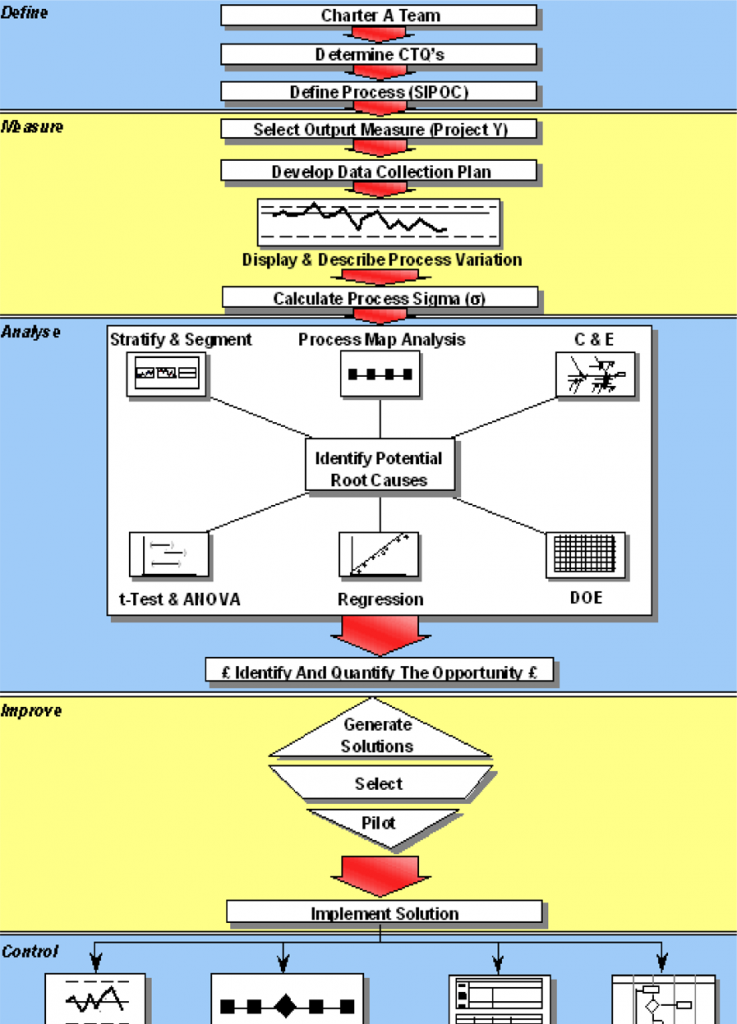Merging of Lean and Six Sigma – The principal correlations

Lean vs Six Sigma or Lean Six Sigma? Well, the thing to consider is that these days, it isn’t enough for a company to merely cut costs.
The only three fundamentals in operational excellence are to deliver what the customer wants (On-Quality), when they want it (On-Time) at a cost that yields you a profit (On-Cost). It’s easy to improve any one of the three to the detriment of the other two. For example, many programs start with the objective to reduce cost but while they achieve this short-term objective, delivery and quality performance suffers – in other words the initiative has failed to achieve a net gain.
Enter Lean, a concept that designs, manufactures, delivers and supports products and services more efficiently and at lower costs — while systematically identifying and eliminating waste — all the way through the product life cycle. It uses a “just-in-time” system that gives internal and external customers what they want, when they want it, and at the lowest possible cost. The five principles of Lean are a set of leadership and decision making principles that define excellence: Customer Value, Value Stream, Flow, Pull and Perfection.
Six Sigma compliments this methodology, focusing on driving to perfection all business, technical and operational processes and results. It encompasses defect prevention, variation reduction and mistake proofing through the use of data driven tools.
The merging of these two methodologies provides a robust data driven approach to driving On Time (LEAN), On Quality (DMAIC) and On Cost (Net Gains).
Interested? For more insight and knowledge access the Game Change Bootcamp for discussions, case studies, tools, templates, free downloads and more.






Responses